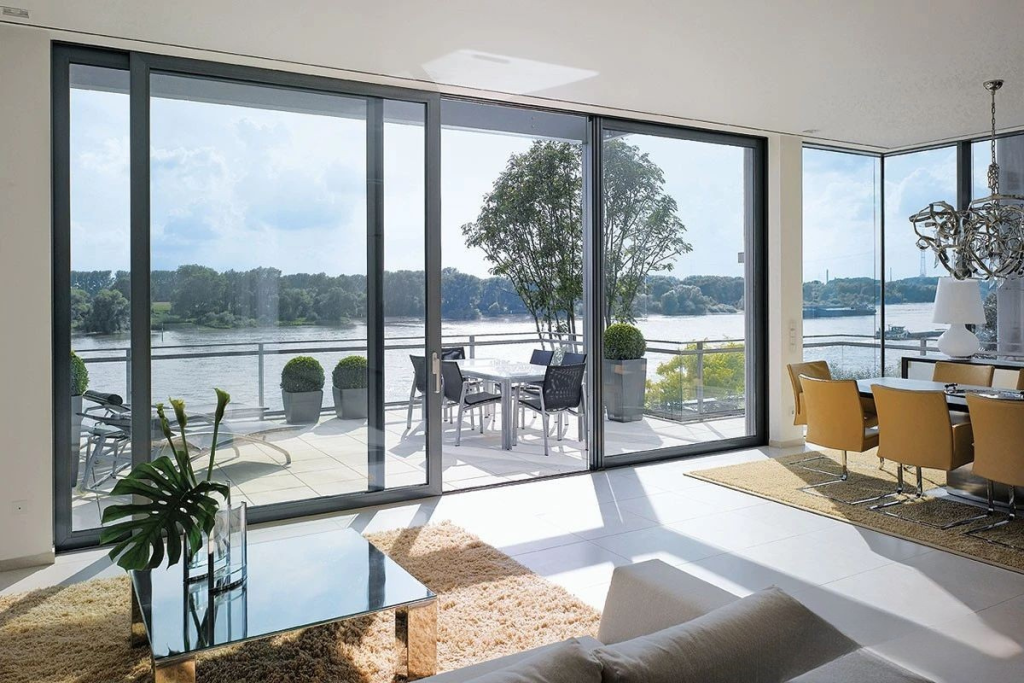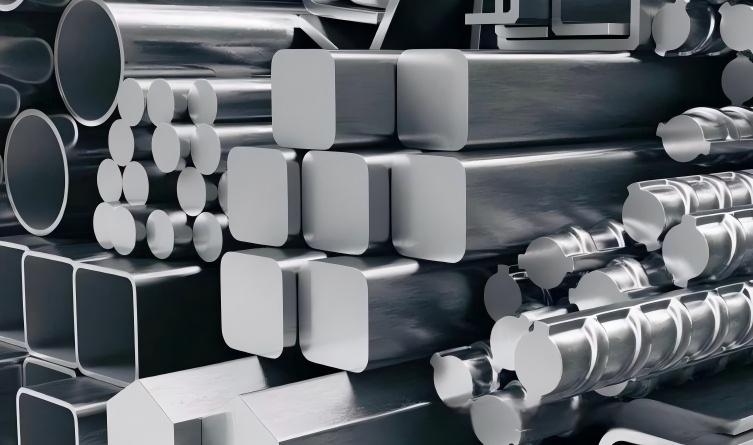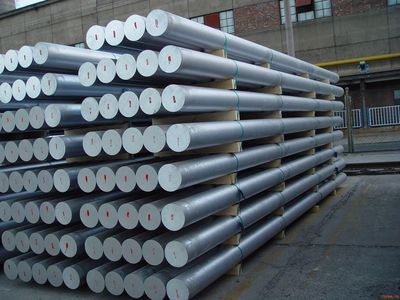Beautiful Plants For Your Interior


The Aluminum Association has released a new report, titled “Building the Future: Trends in Aluminum Use in the U.S. Construction Market,” authored by Ducker Carlisle. The report concludes that aluminum usage in the construction and building market could increase by approximately 9% by 2027 compared to 2022. The upcoming growth will be driven by an increase in aluminum usage in commercial buildings and clean energy applications such as solar installations. Federal infrastructure spending, including emissions reduction programs supported by the Inflation Reduction Act, should also boost aluminum usage in construction.
Rhett Bender, senior engagement manager of Ducker Carlisle’s global building and construction practice, said, “We surveyed 250 industry professionals, including 200 architects and builders, to find out their preferred building materials. We’ve been hearing that the use of aluminum will increase over the next three years because it is lightweight, durable, sustainable and corrosion-resistant.”
The report indicates that for every $100,000 spent on residential and non-residential construction, the amount of aluminum used in these market sectors will reach as high as 126 pounds and 183 pounds respectively. Meanwhile, 62% of the surveyed construction and building professionals (including 79% of architects) predict that their aluminum usage will increase in the coming years. This group also expects that aluminum is the material most likely to see an increase in usage among a dozen different building materials in the coming years.
The report indicates that for every $100,000 spent on residential and non-residential construction, the amount of aluminum used in these market sectors will reach as high as 126 pounds and 183 pounds respectively. Meanwhile, 62% of the surveyed construction and building professionals (including 79% of architects) predict that their aluminum usage will increase in the coming years. This group also expects that aluminum is the most likely material to see an increase in usage among a dozen different building materials in the coming years.

Other findings of this report include:
· In 2022, non-residential buildings accounted for over 60% of the 2.5 billion pounds of aluminum used in construction and construction applications.
· Extruded aluminum profiles account for the largest share in aluminum construction products, mainly due to the high demand for aluminum window frames.
· By 2027, non-residential (commercial) windows and cladding will become the main driver of market growth, followed by solar installations and non-residential doors.
· Due to aesthetic trends, long service life and ease of installation, aluminium is taking away the market share of wood from commercial building cladding fences and masonry. At the same time, the market share of aluminium in some residential applications (such as windows and wall panels) is being lost from vinyl and composite materials (although this trend may reverse).
· Due to the rebound in new housing starts, the revival of commercial construction and renovation activities, the residential and non-residential aluminum markets are expected to recover in the coming years. The anticipated interest rate cuts, deflation and population growth should also boost demand.
· Most architects and builders prefer aluminium because it is lightweight, durable and can meet compliance standards.
· The construction and building professionals surveyed ranked aluminium as the third best material among the 12 options (ahead of vinyl, steel, wood and other materials), as it is becoming increasingly popular in the market.
According to data from the Aluminum Association, construction and building are the third-largest market for North American aluminum producers, following transportation and packaging. This sub-market accounts for approximately 13% of the total shipments in the region. Non-residential (commercial) applications account for nearly two-thirds of all aluminum used in construction and building. The main sub-markets include aluminum extrusions used for residential and non-residential windows and fences, entrance and terrace doors, as well as aluminum sheets used for building cladding and drainage channels. Aluminum is also increasingly being used as part of building solar installation systems.
The government is prioritizing energy efficiency through regulations, incentives, updated building codes and enforcement. The built environment accounts for 42% of global carbon emissions, with 27% attributed to building operations, such as heating and lighting. Using aluminum materials in construction helps building projects achieve green building status according to the Leadership in Energy and Environmental Design (LEED) standards, as it provides insulation, allows for more daylight and air circulation, and reflects up to 95% of solar energy, thereby significantly improving energy efficiency.
Aluminum plays a crucial role in sustainable buildings as companies seek durable, long-lasting, recyclable, healthy and environmentally friendly options. The carbon intensity of domestically produced aluminum and aluminum products in China is approximately half that of aluminum products manufactured in other parts of the world. On the contrary, the carbon intensity of aluminum products manufactured in China is on average 2.5 times that of aluminum in North America. Assuming that the global aluminum industry commits to significant emission reduction, it will still take the rest of the world 8-10 years to produce semi-finished aluminum at the same low-carbon intensity as that in North America today.



